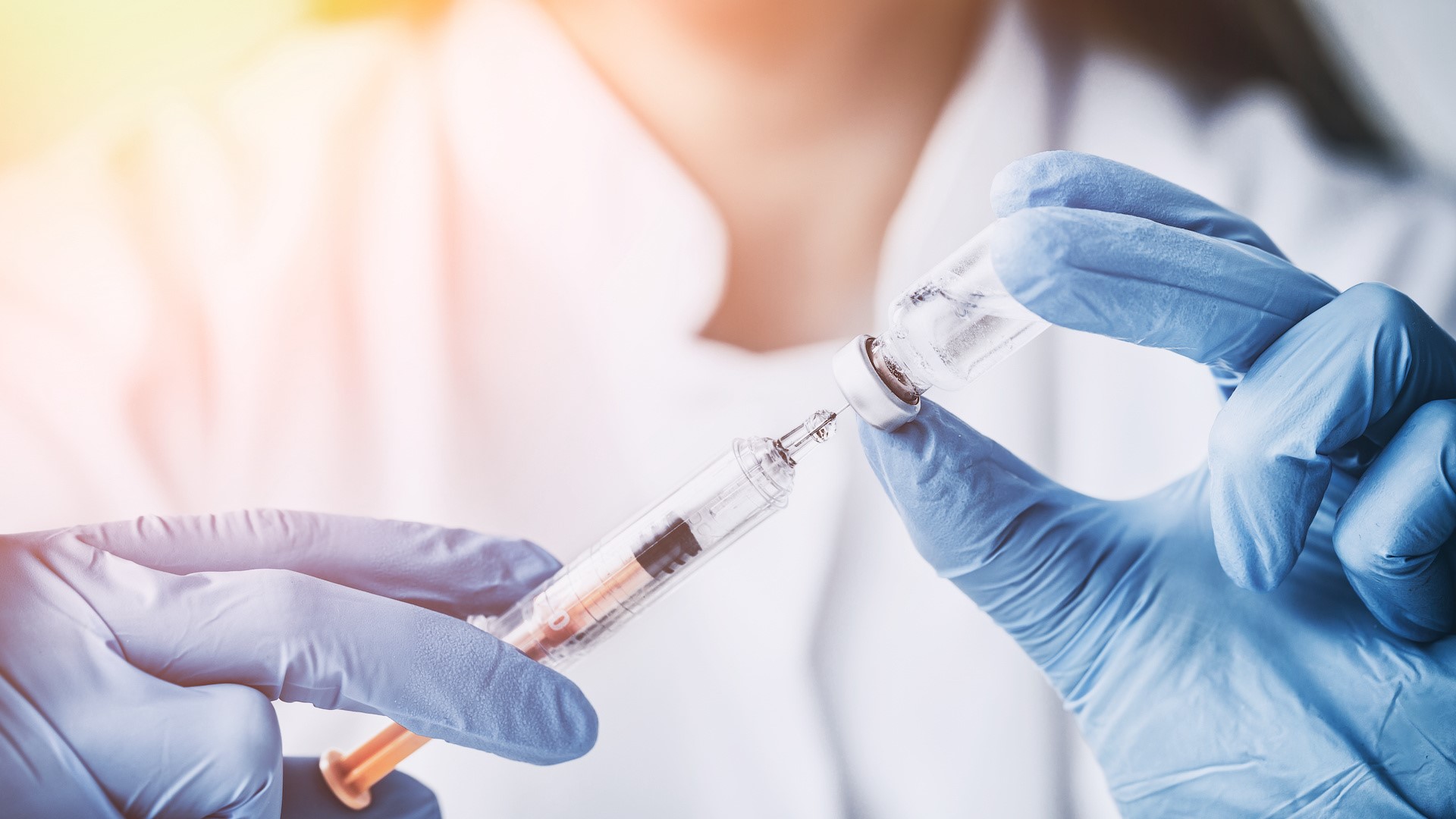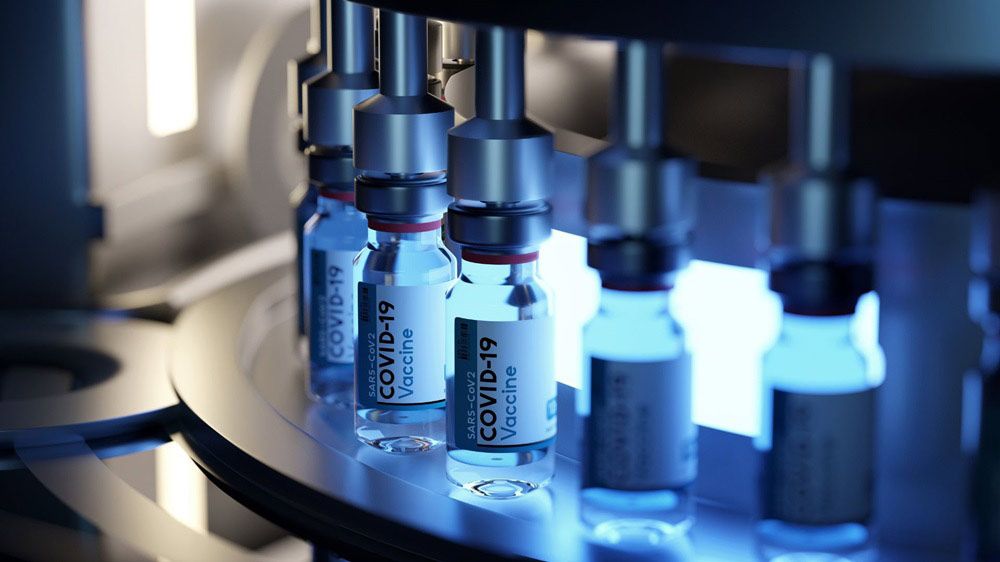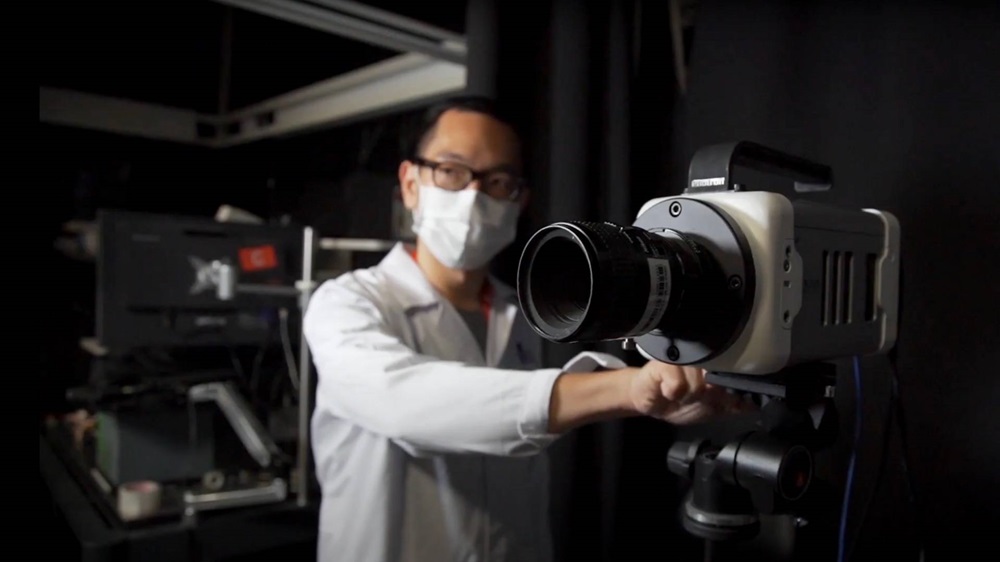
Using laser beams and a high-speed, high-sensitivity camera to “see” the tiny droplets which are produced when we cough, it can be seen that when a mask is properly worn, little or no droplets are released into the atmosphere.
The experiment was conducted by scientists from the Agency for Science, Technology and Research (A*STAR) and in consultation with doctors from the Singapore General Hospital’s Department of Infectious Diseases and Department of Respiratory and Critical Care Medicine, to test the effectiveness of masks in reducing the spread of respiratory droplets.
Executive Director Professor Alfred Huan, and Principal Scientist and Director of Strategic Research Office Assoc Prof Loh Xian Jun, from A*STAR’s Institute of Materials Research and Engineering (IMRE), led the experiment, which was carried out in a dark room, and in which the area outside of the subject was lighted up with parabolic mirrors.
What can our scientists deduce based on their findings?
- When people are sick and cough or sneeze without wearing a mask, the droplets they produce which contain viruses can travel 2-3m away. If these droplets land on someone else’s face, or a surface which is touched by someone else, it may make the person sick.
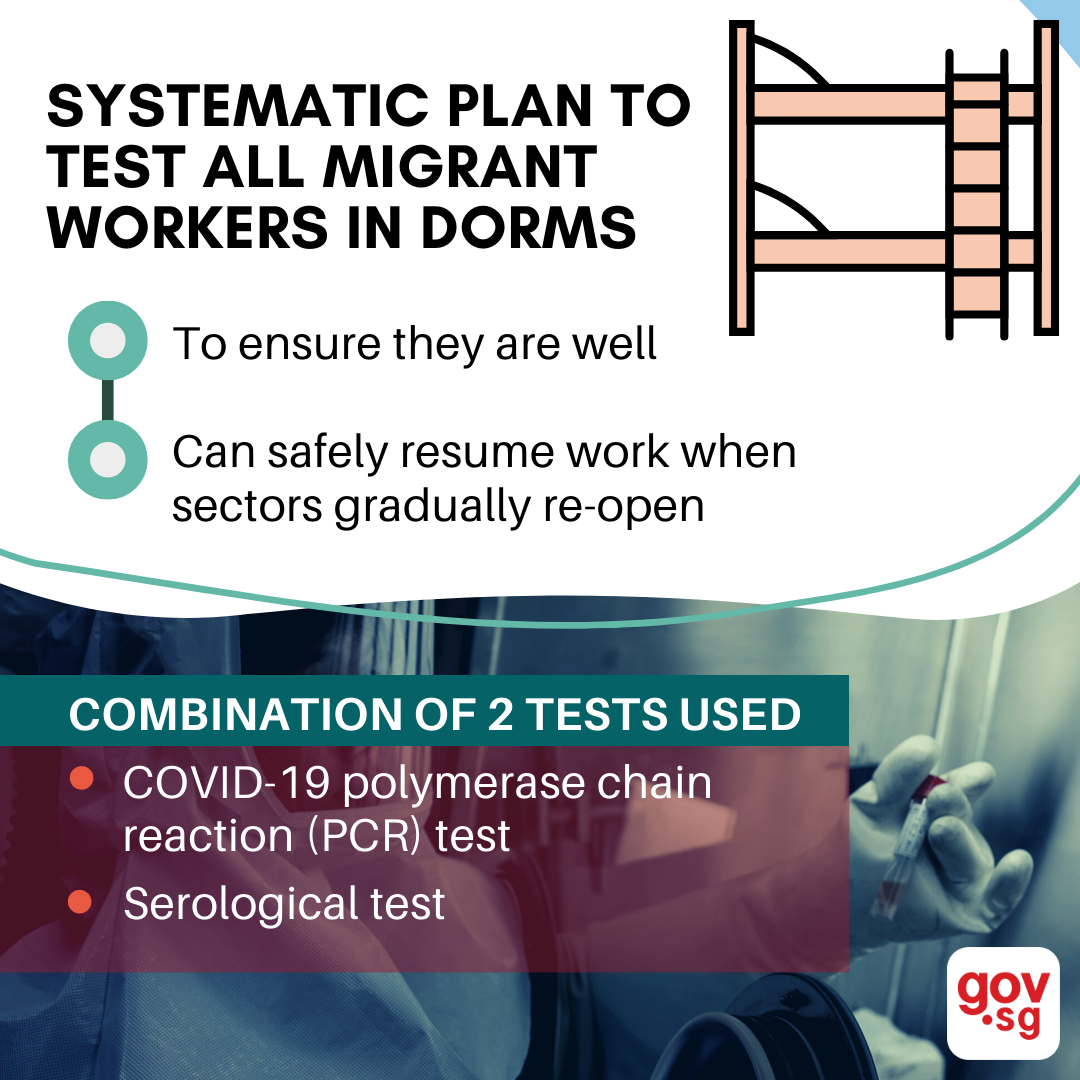
- Heavier, larger droplets drop to the ground while the smaller droplets appear to drift in the air
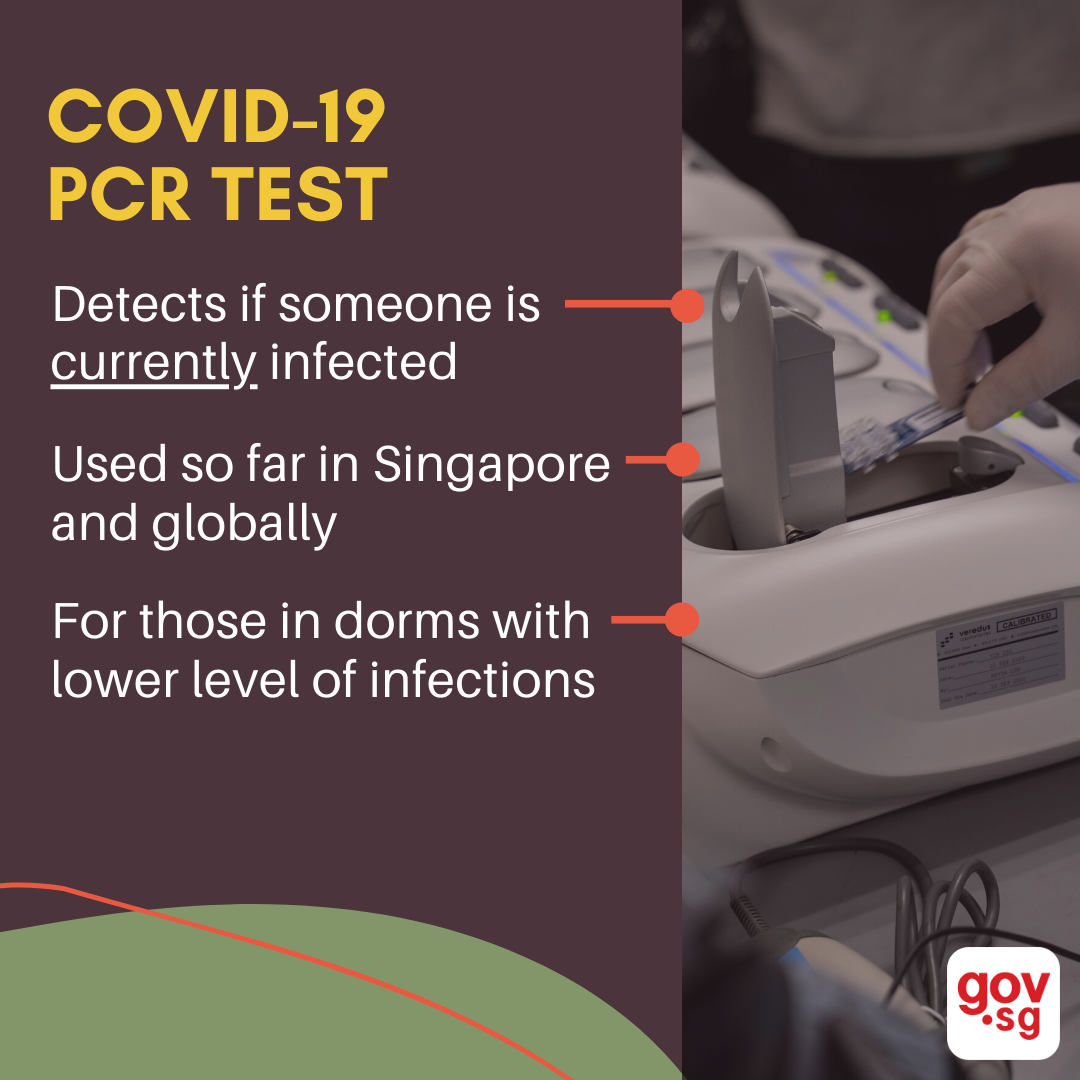
- Other environmental factors like humidity, temperature and even wind speed would also affect how the droplets travel.
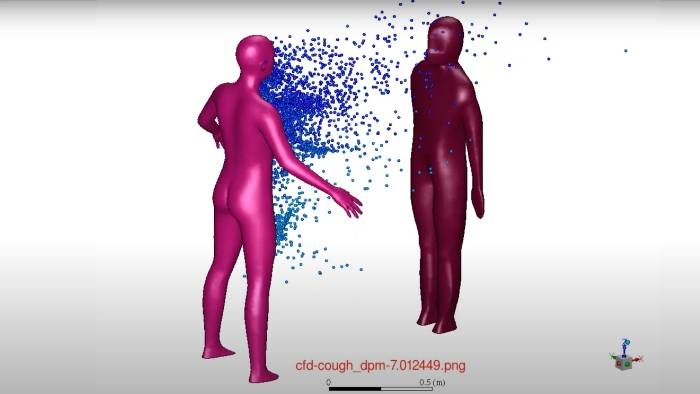
But when any type of mask is properly worn over the nose and mouth, most if not all droplets are blocked from getting out into the air or landing on someone else.
That is why it is critical for people to wear masks to stop the spread of COVID-19, especially given the possibility that there are people who have the coronavirus in their bodies and can spread it, but are not showing any symptoms.
experiments prove that wearing a mask is effective at reducing the spread of
droplets, and complements safe distancing measures. Leave your home only when
absolutely necessary, and put on a mask securely, when you do. If you are ill
but asymptomatic, the mask protects others from you, when you are out and
about. ''
One of the doctors involved in the experiment, Professor Tan Ban Hock, Senior Consultant at the Department of Infectious Diseases, Singapore General Hospital, said, “Wearing a mask is therefore important, as it serves as a mechanical barrier to the dispersion of droplets.”
Masks lose effectiveness if not worn properly
The experiment also showed that the mask must be worn properly. Minute droplets escape if the mask does not cover the nose.
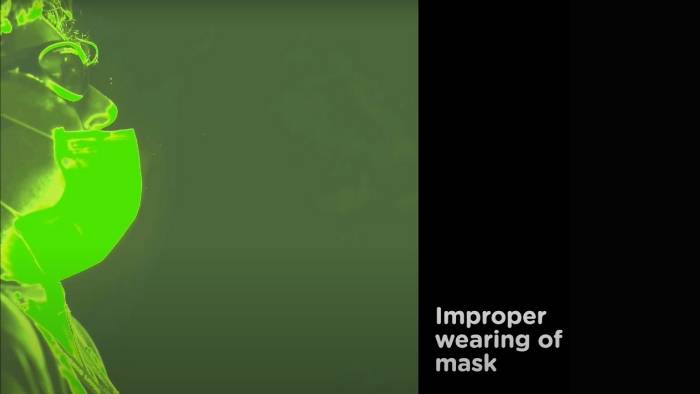
Prof Huan stated, “When the mask only covers the mouth and not the nose, some droplets are ejected into the air due to the loose fit. The efficacy of the mask in curbing the spread of droplets is dependent on how the mask is worn.”
While the team did not investigate the effectiveness of different types of masks, Assoc Prof Loh stated, “A simple cloth mask is effective in curbing the spread of droplets from inside-out. That is, it protects those around the person coughing.”
We use cookies to tailor your browsing experience. By continuing to use Gov.sg, you accept our use of cookies. To decline cookies at any time, you may adjust your browser settings. Find out more about your cookie preferences here .











